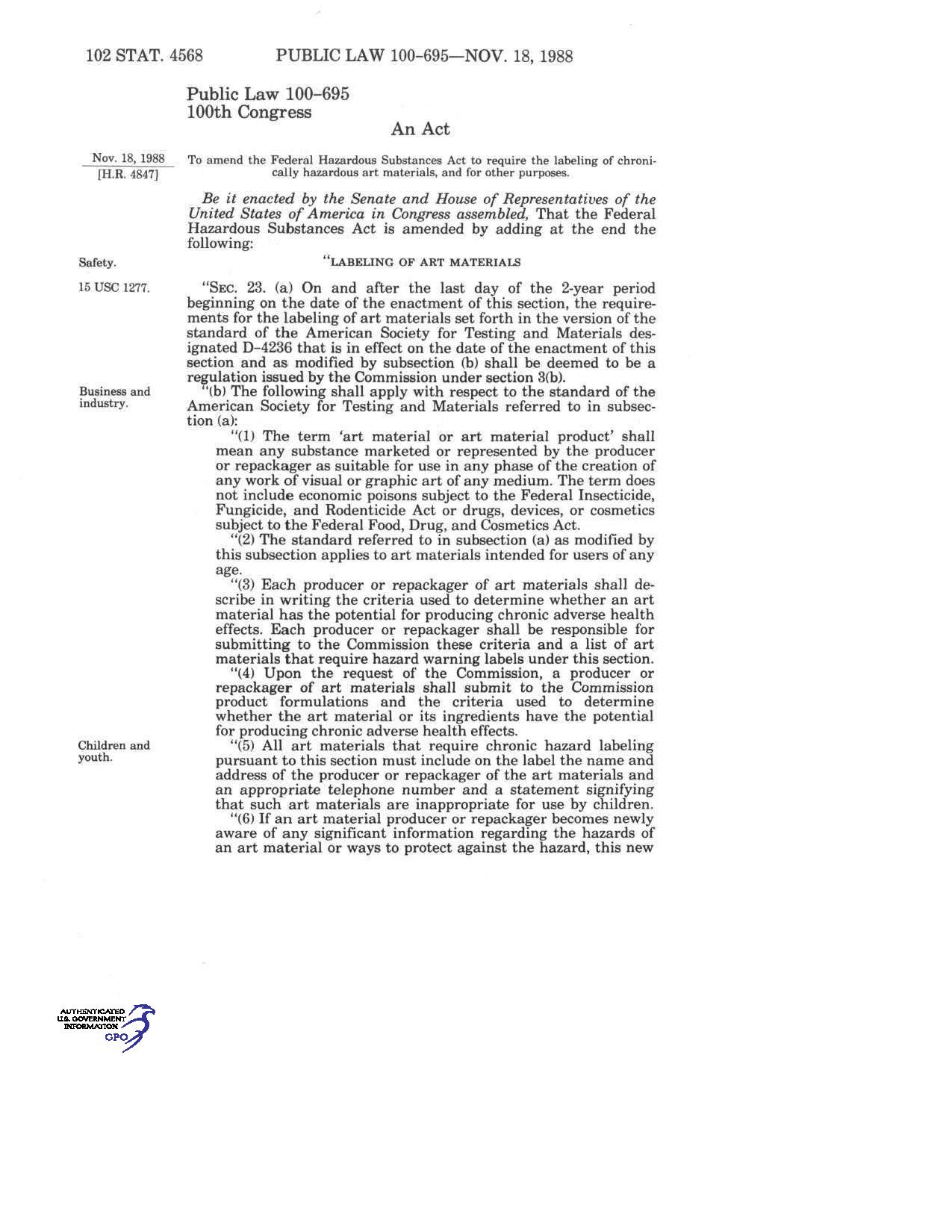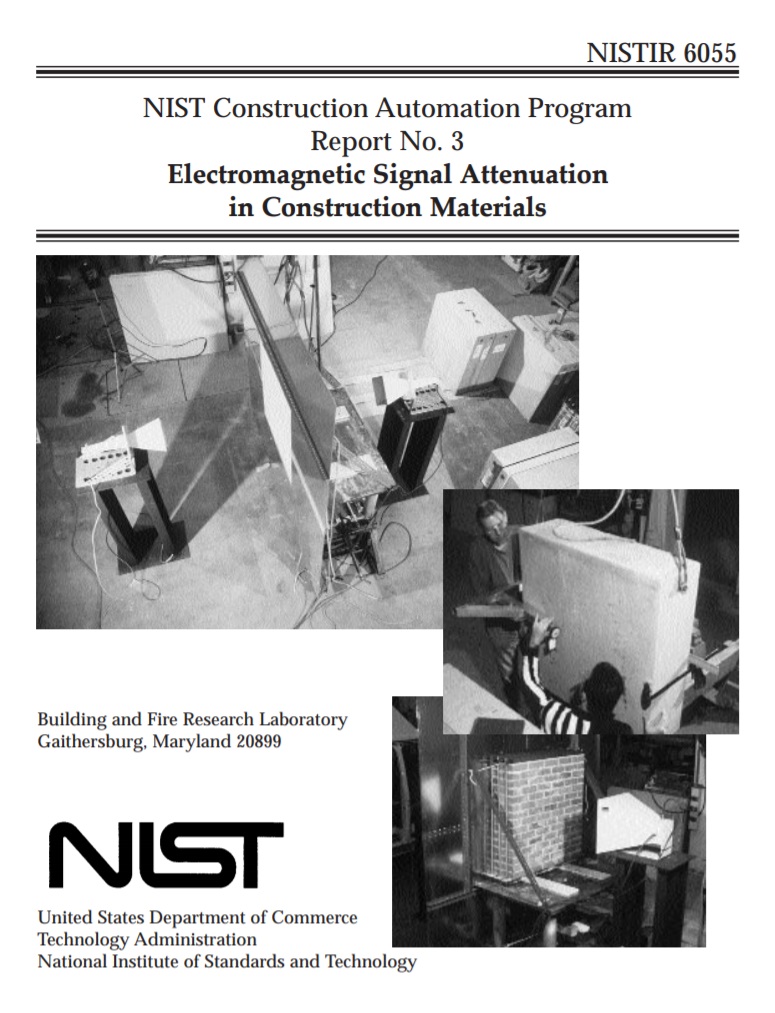What Are Harvard Students Wearing?
- Home Page 182

Apricot Crumble
This content is accessible to paid subscribers. To view it please enter your password below or send mike@standardsmichigan.com a request for subscription details.
Three Berry Jam
This content is accessible to paid subscribers. To view it please enter your password below or send mike@standardsmichigan.com a request for subscription details.
Standard for Large Language Model Agent Interface
IEEE Artificial Intelligence Standards Committee
This standard defines natural language interfaces that facilitate communication between Large Language Model (LLM) applications, agents, and human users. The standard defines a set of protocols and guidelines that enable applications and agents to effectively communicate with LLM enabled Agents. Thereby, the standard enables seamless interactions between multiple applications and agents. The standard covers a wide range of aspects related to LLM usage and application, including but not limited to API syntax and semantics, voice and text format, conversational flow, prompt engineering integration, LLM chain of thoughts integration, and API endpoint configuration, authentication and authorization for LLM plugins.
Readings:
Purdue University: Learning AI Architecture
Autodesk: AI in Architecture Is Changing Design
Michigan State University: Making artificial intelligence more reliable
Abiit sed non oblitus | Southern Birmingham College
This content is accessible to paid subscribers. To view it please enter your password below or send mike@standardsmichigan.com a request for subscription details.
New update alert! The 2022 update to the Trademark Assignment Dataset is now available online. Find 1.29 million trademark assignments, involving 2.28 million unique trademark properties issued by the USPTO between March 1952 and January 2023: https://t.co/njrDAbSpwB pic.twitter.com/GkAXrHoQ9T
— USPTO (@uspto) July 13, 2023
Standards Michigan Group, LLC
2723 South State Street | Suite 150
Ann Arbor, MI 48104 USA
888-746-3670

















